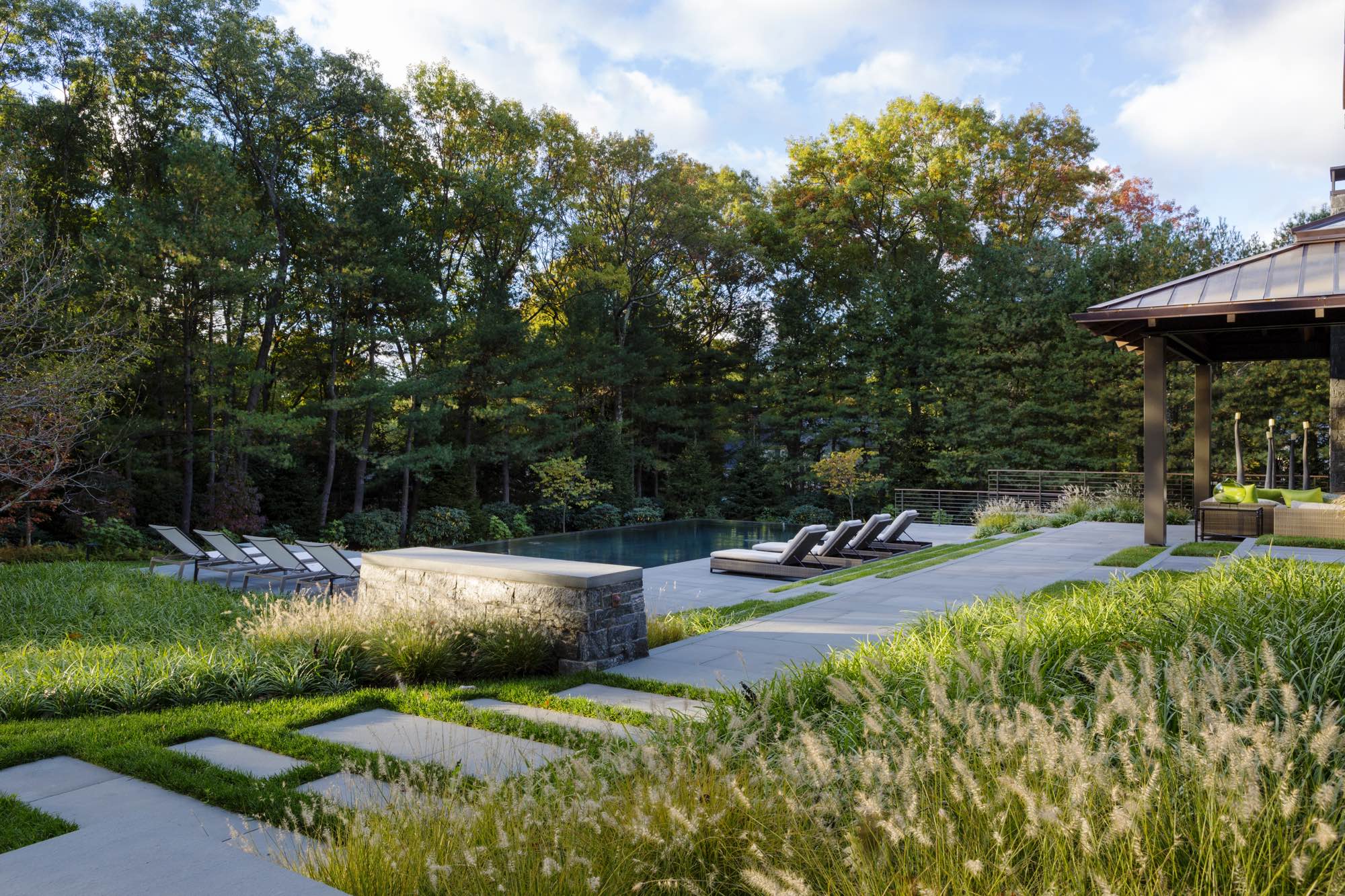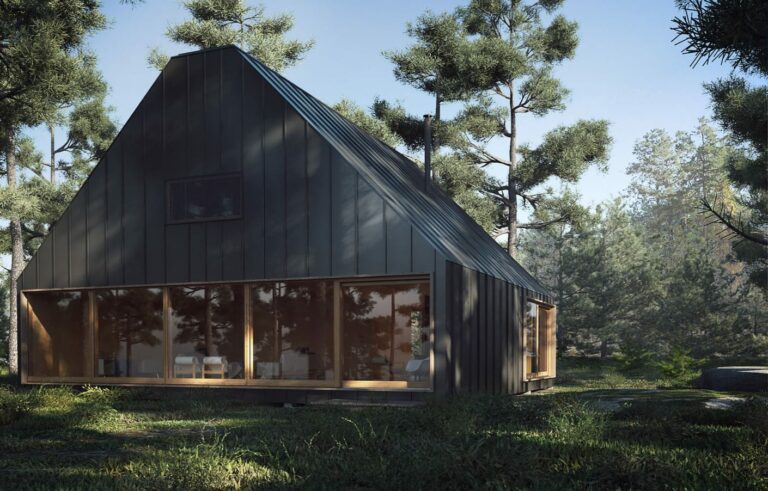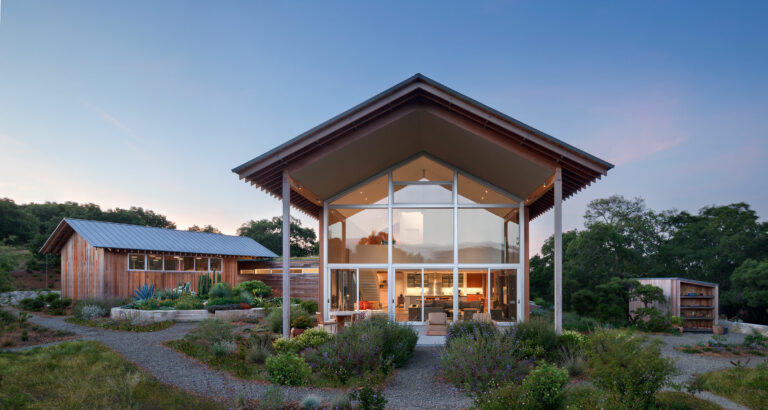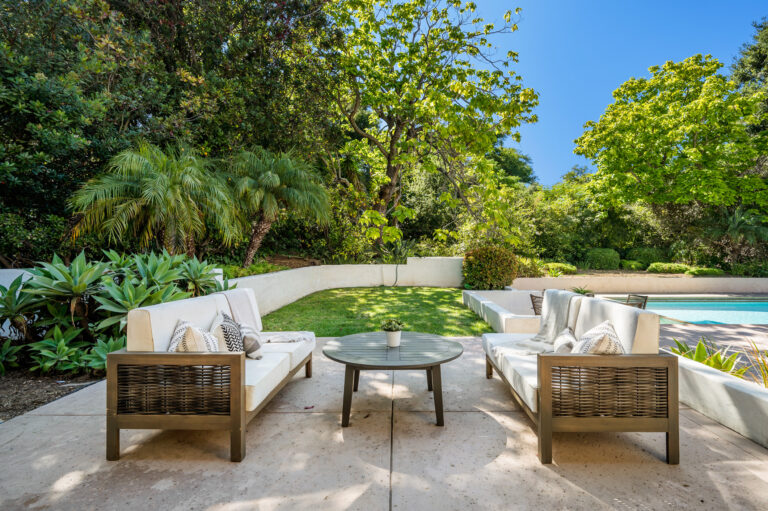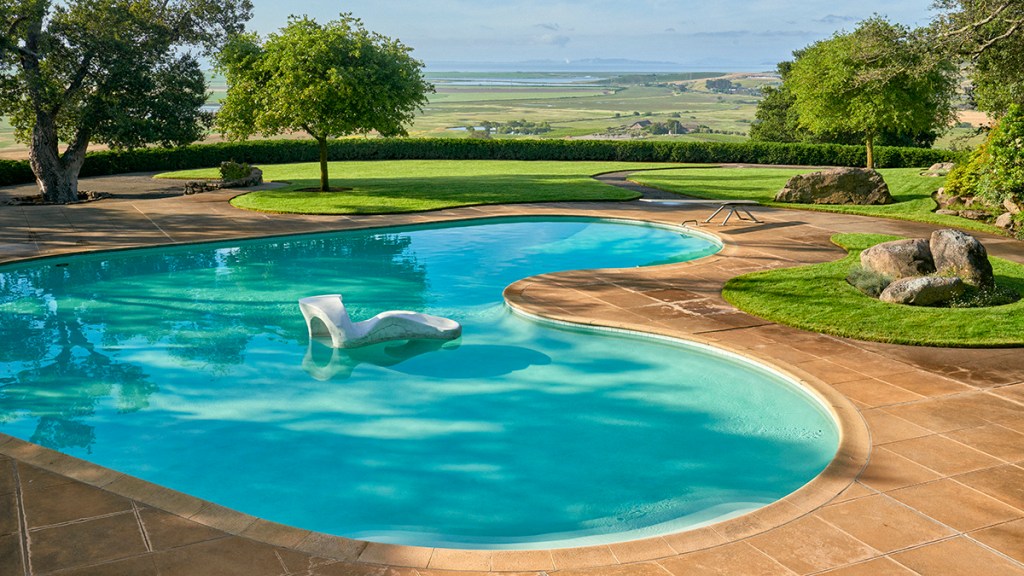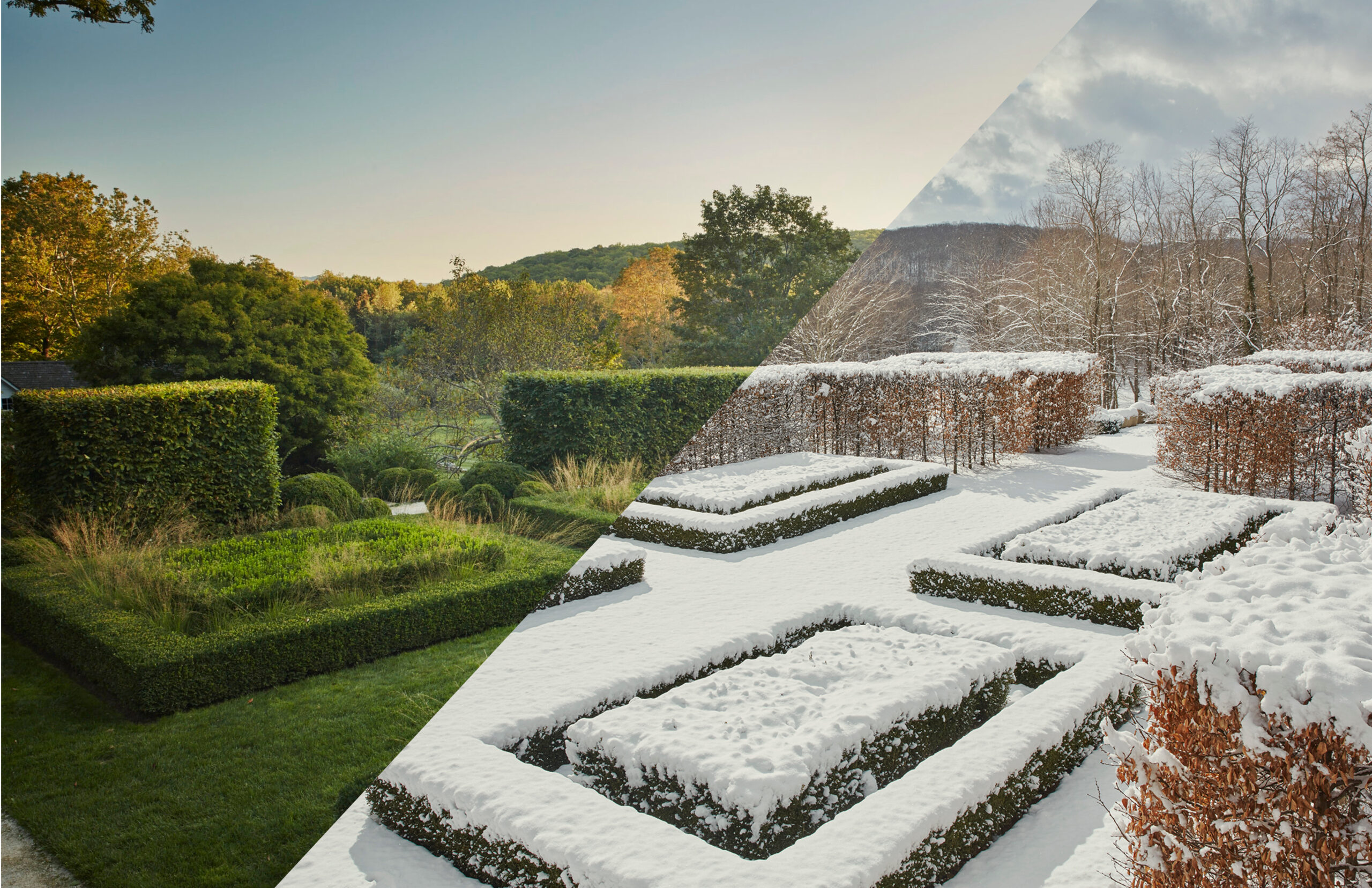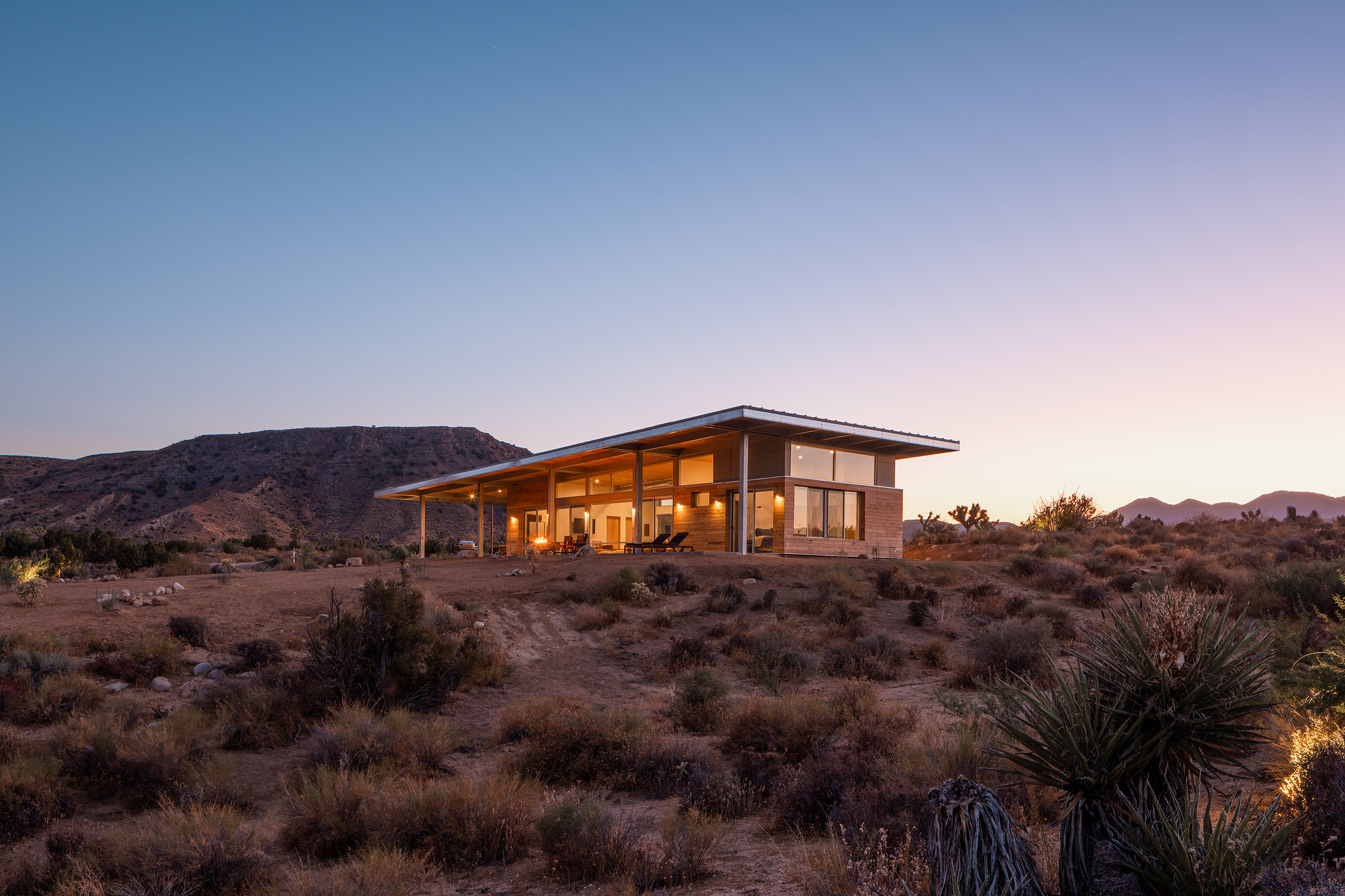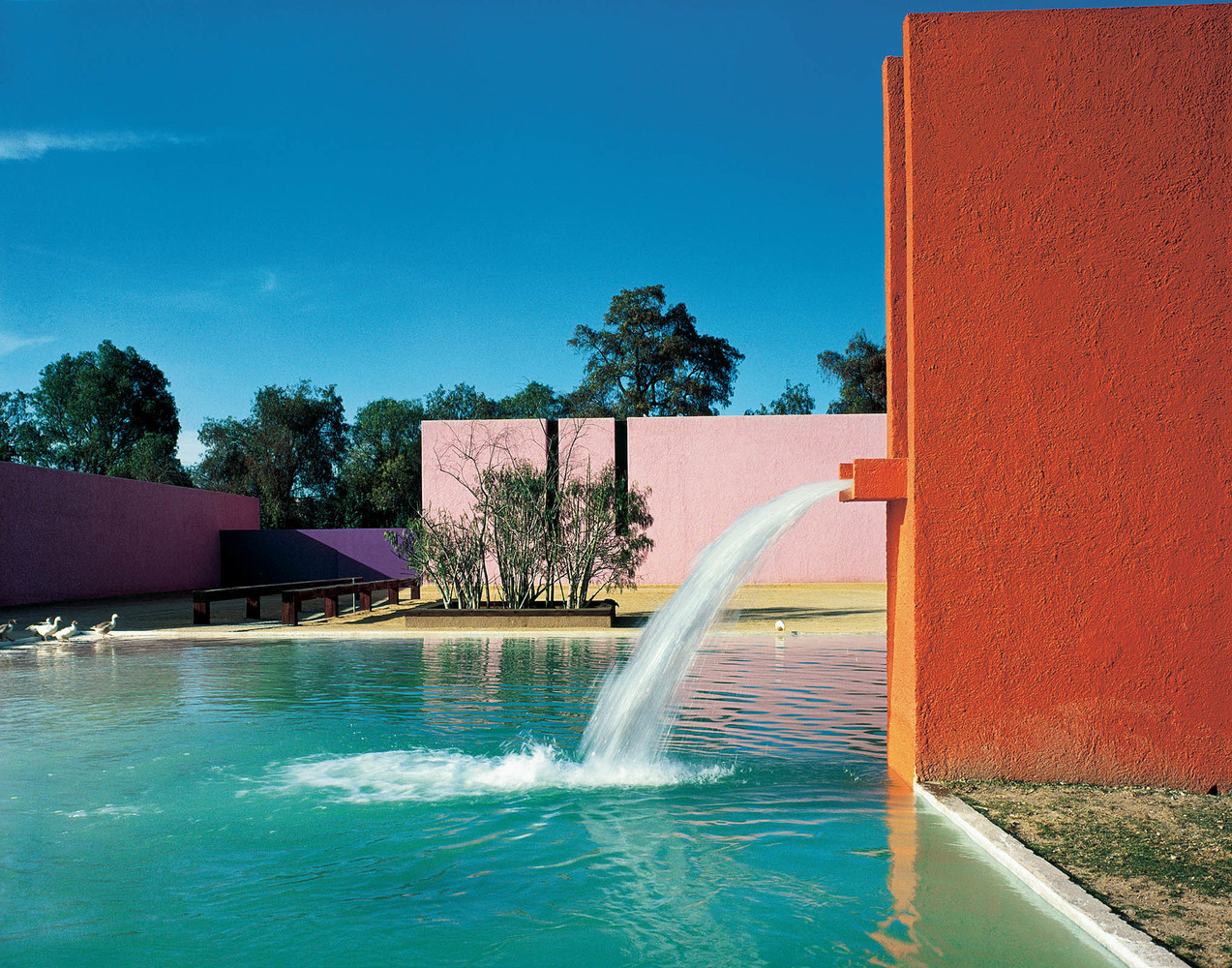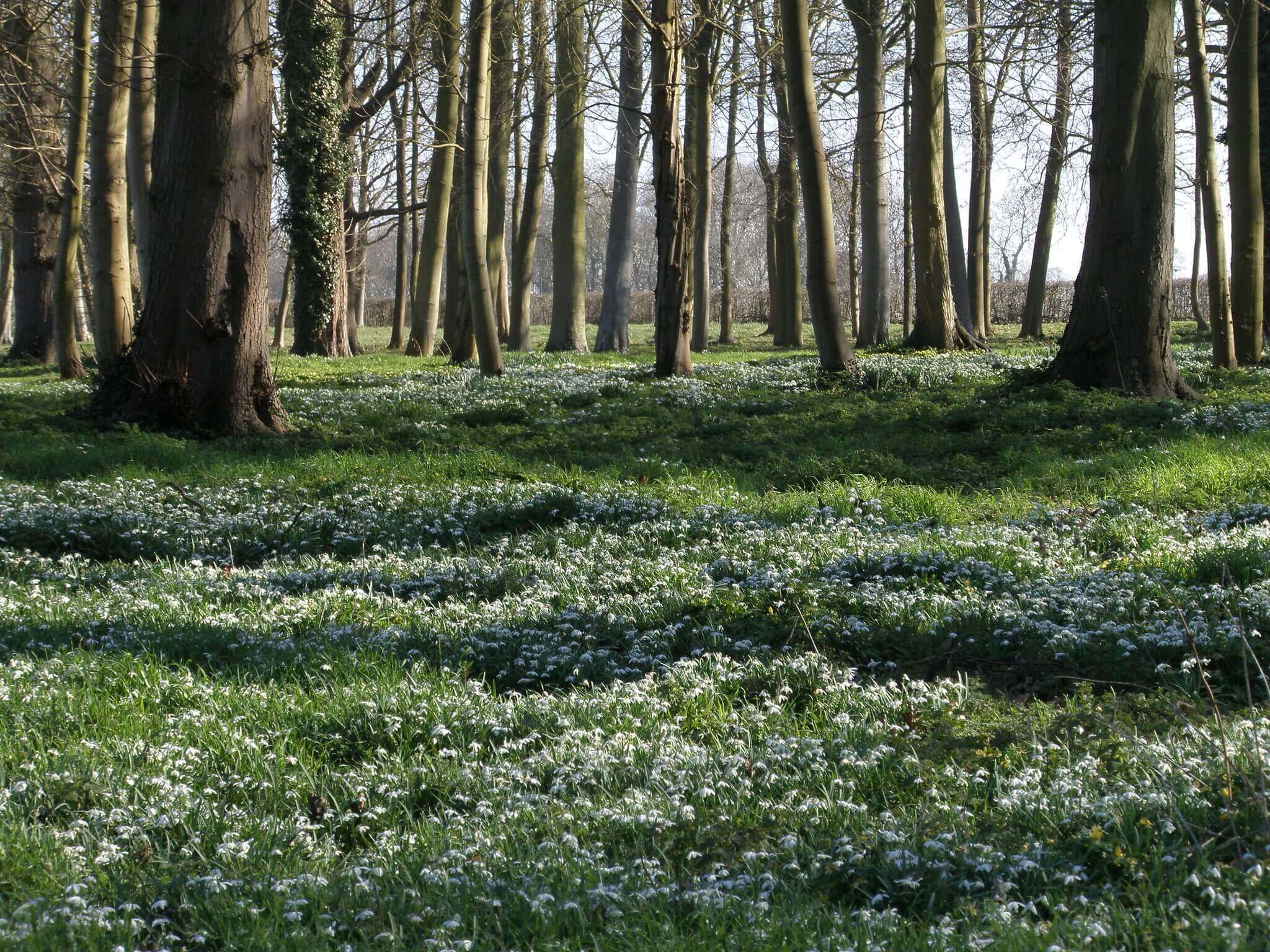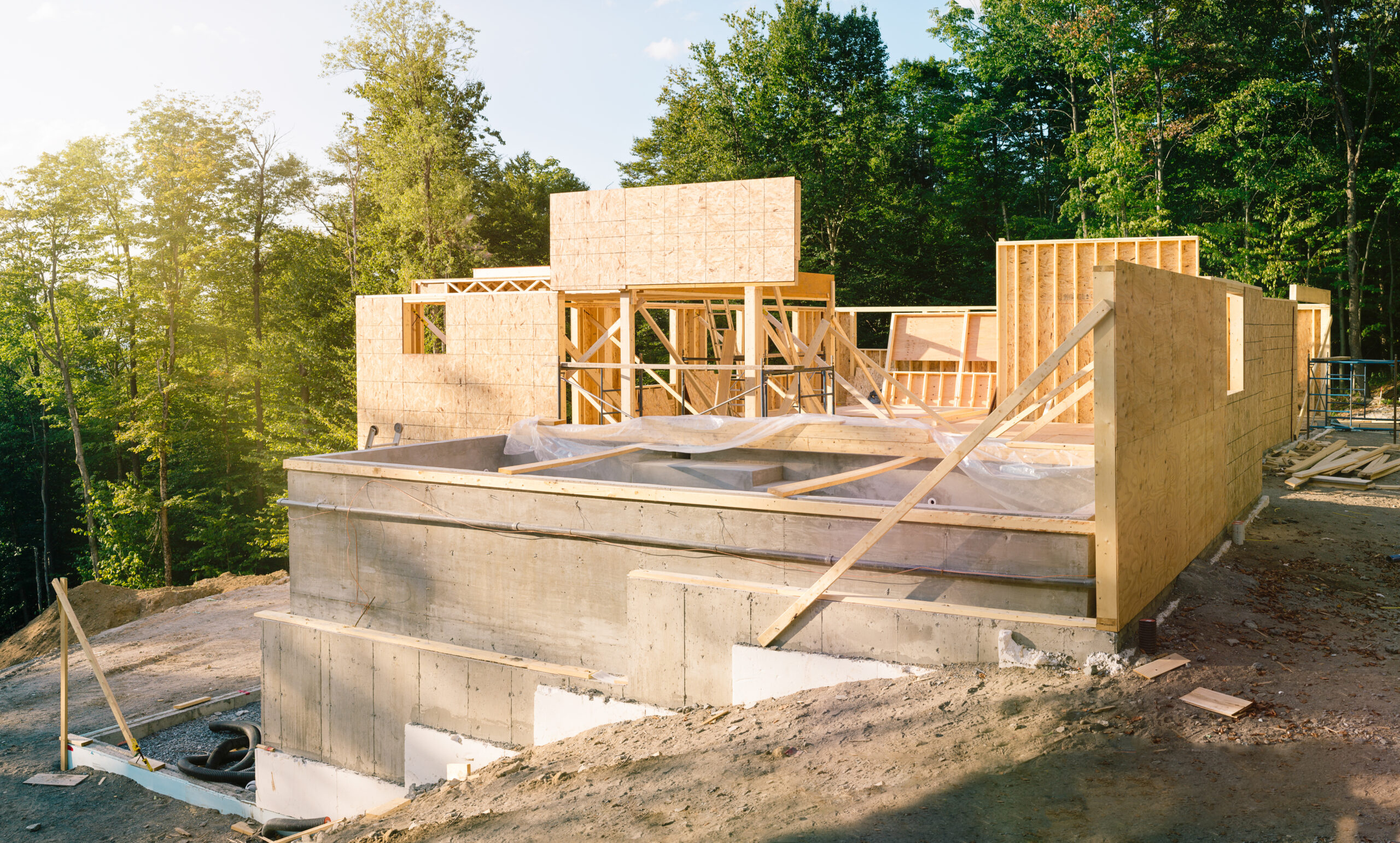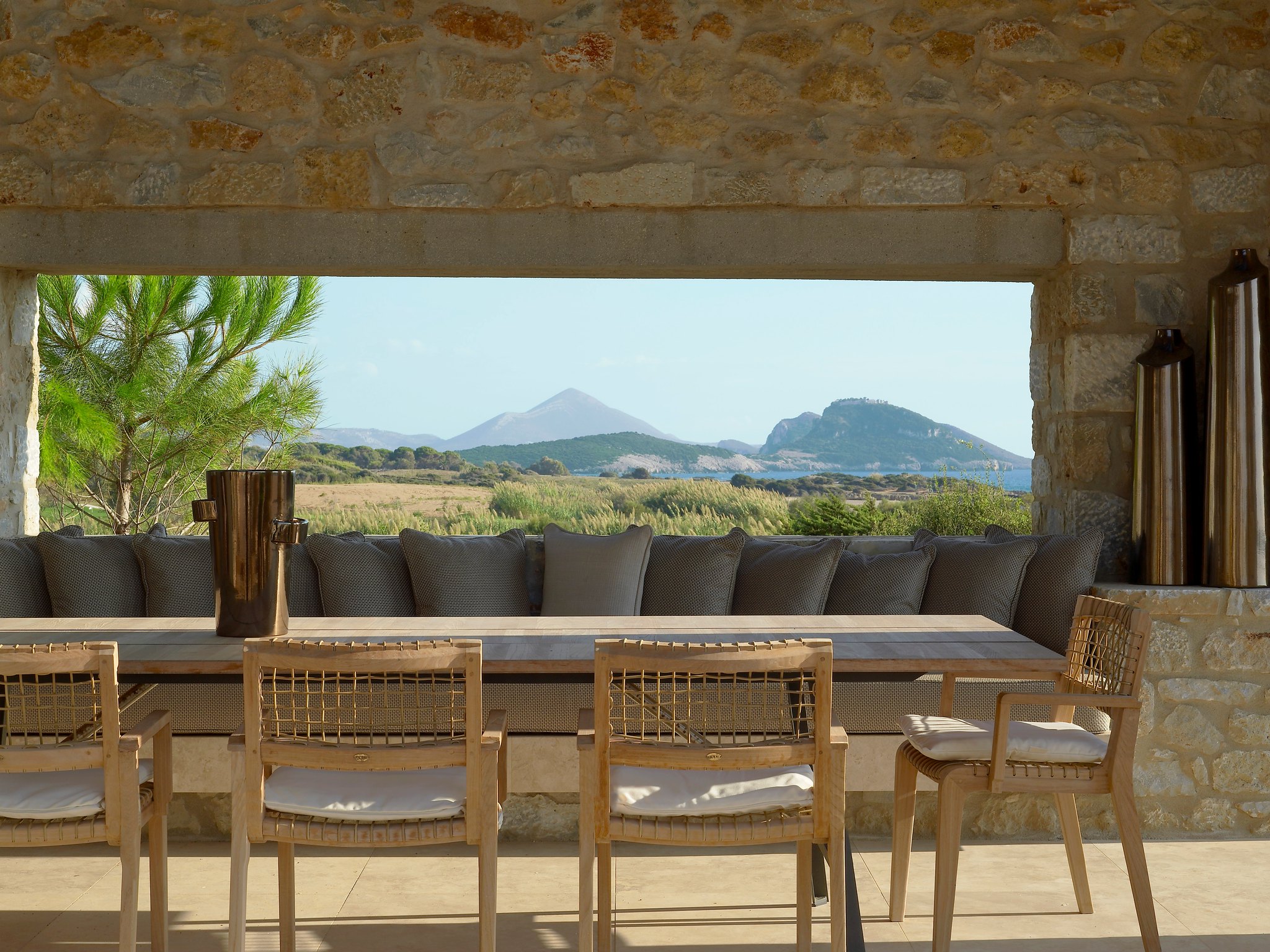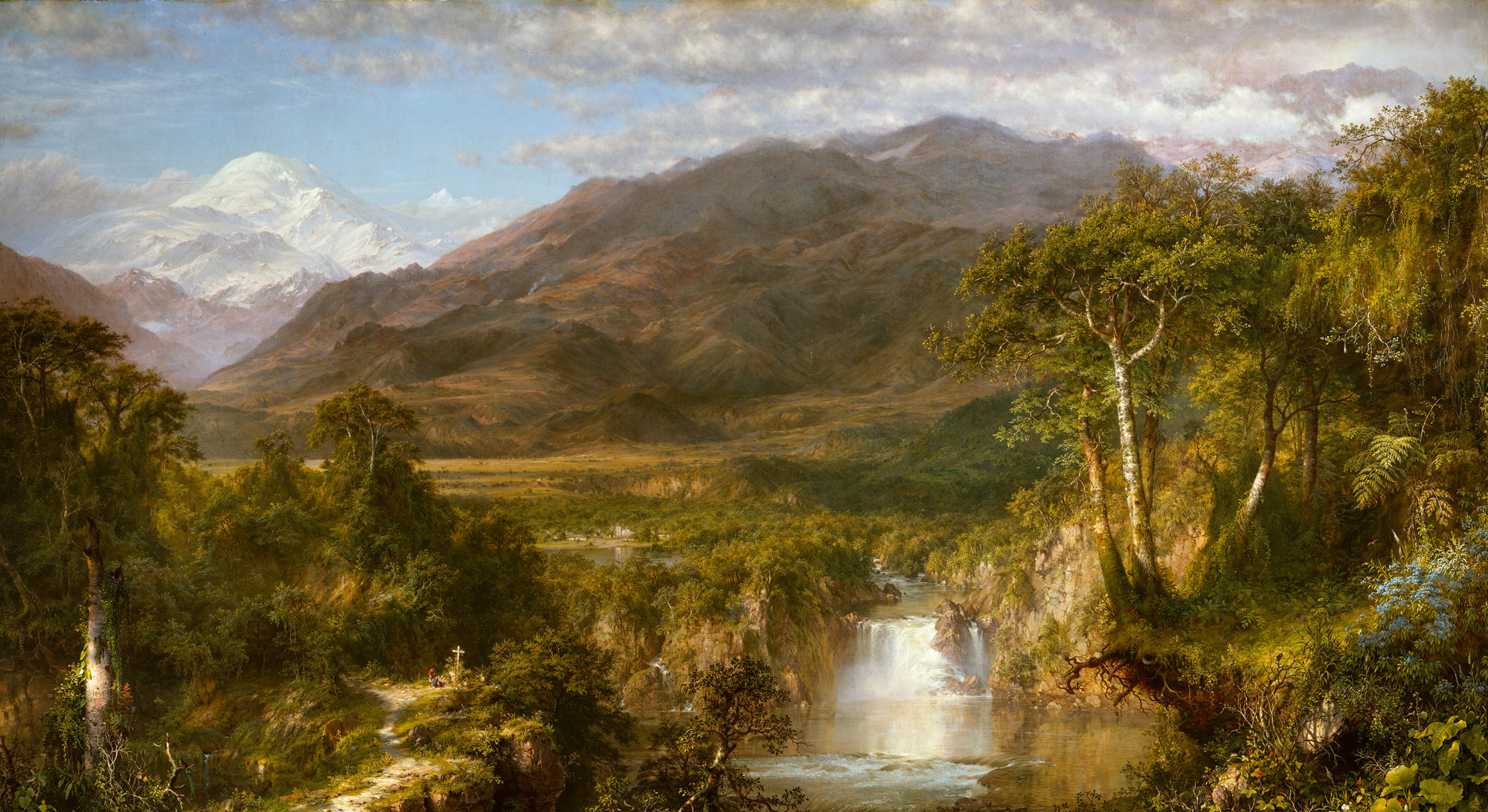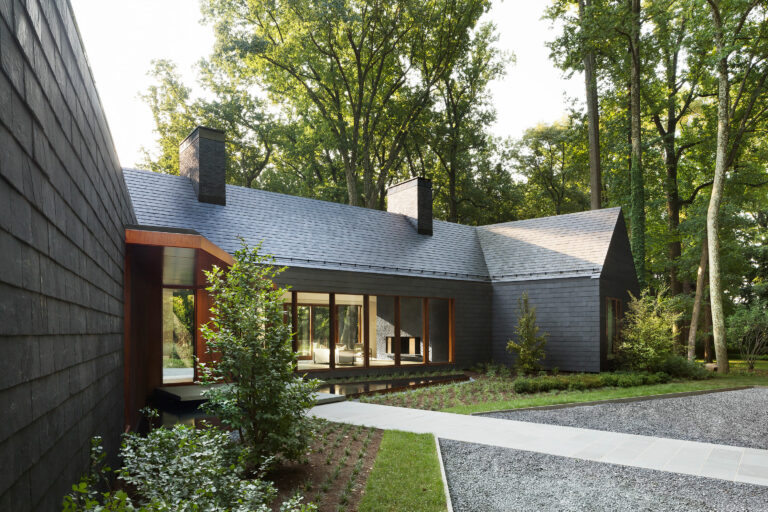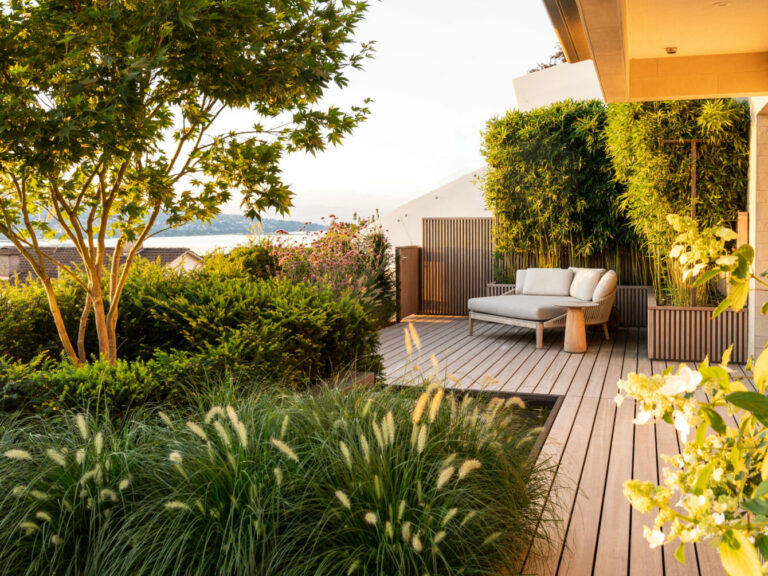When it comes to crafting the perfect outdoor living space, one of the most crucial decisions homeowners face is choosing the right type of patio installation.
Two prevalent methods have emerged as front-runners in the world of outdoor hardscapes: wet laid patios and dry laid patios.
Each approach offers its own set of advantages and considerations, making the choice a complex one.
In this article, we’ll guide you through how to select the right type of patio while exploring their differences in materials, construction techniques, durability, aesthetics, and maintenance.
By the end of this comparative analysis, you’ll have a comprehensive understanding of these two types of patio options, empowering you to make an informed decision that aligns perfectly with your outdoor vision and lifestyle.
What are the Benefits of Wet-Laid Type Patios
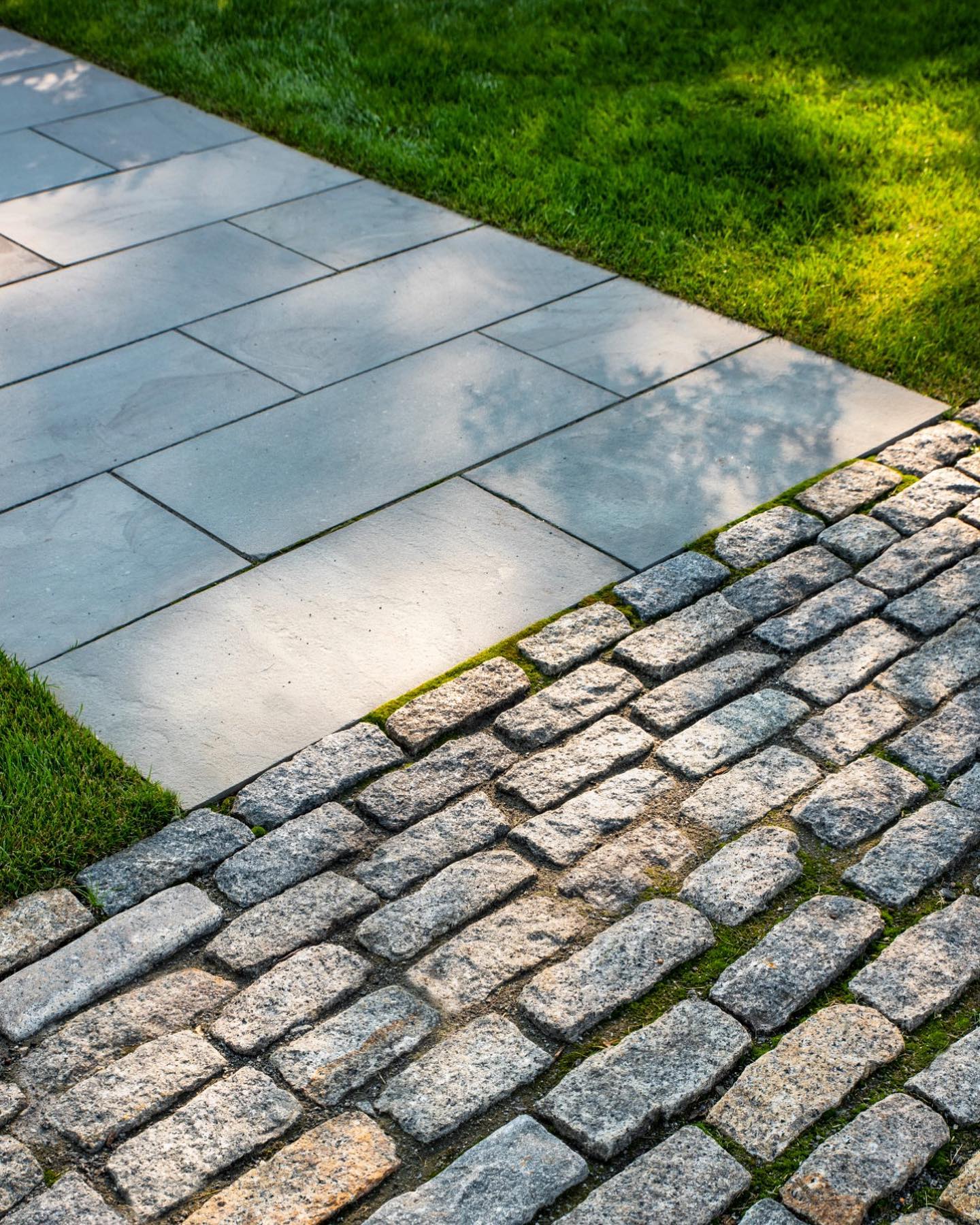
If you’re planning to install a stone patio at your home, there are many important decisions that need to be made. One of the most important is whether you’re going to have a dry-laid or wet-laid installation. A patio can be constructed in either of these two ways, and each has its own benefits.
Wet-laid patios are built with a concrete base and are permanently mortared together, making them much more durable than their dry-laid counterparts. They also require less maintenance, as they will not shift or crack over time. This type of patio is generally more expensive than its dry-laid counterpart, but it can be well worth the investment in the long run.
Depending on where geographically your project is located, typically when constructing a wet-laid patio, the natural stones are laid on top of a concrete mix, with space left in between them. Mortar-set patios are set in a bed of mortar, which provides a more stable surface that won’t shift or grow weeds over time. The added stability also means that a mortar-set patio is more likely to retain its shape and color over time than a dry-laid one.
This type of patio is also not a DIY friendly project and typically requires an experienced contractor to install the patio. Generally, wet laid patios are more expensive due to additional materials and extra labor, but it can be well worth the investment for those who want a beautiful and functional outdoor space to last for years.
Online Courses for Landscape Design
What are the Benefits of Dry-Laid Type Patios
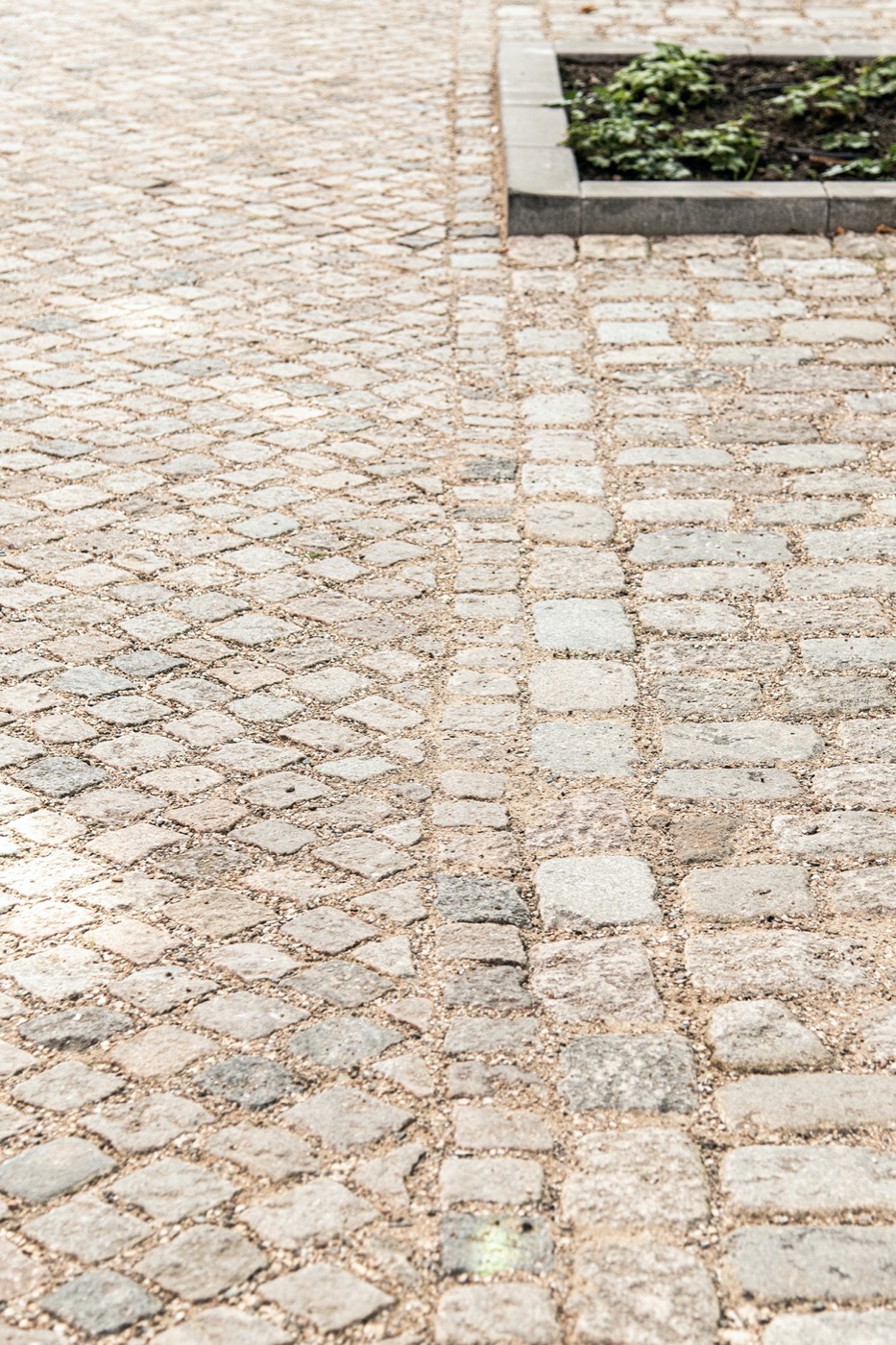
As their name suggests, dry laid patios do not use mortar. Instead, the stones are simply stacked on a dry surface next to each other with various materials installed between the joints like polymeric sand or pea gravel.
This technique is popular among homeowners as it gives patios an elevated look and allows them to choose from different types of stones, colors and textures. In addition, it allows homeowners to choose less expensive and more durable materials for their back patios.
With both options, natural stone can be used but typically for dry laid patios, concrete pavers are the choice of material. Companies like Unilock or your local hardware store provide various choices to choose from.
For a DIY project, the dry laid patio is easier to install but greatly depends on where the project is located. For some projects located in colder climates, patios require excavating 8 inches of soil to install a stable compacted layers (or lifts) of traffic bond or sturdy base before installing the dry laid pavers.
Why Wet Laid Patios are More Expensive
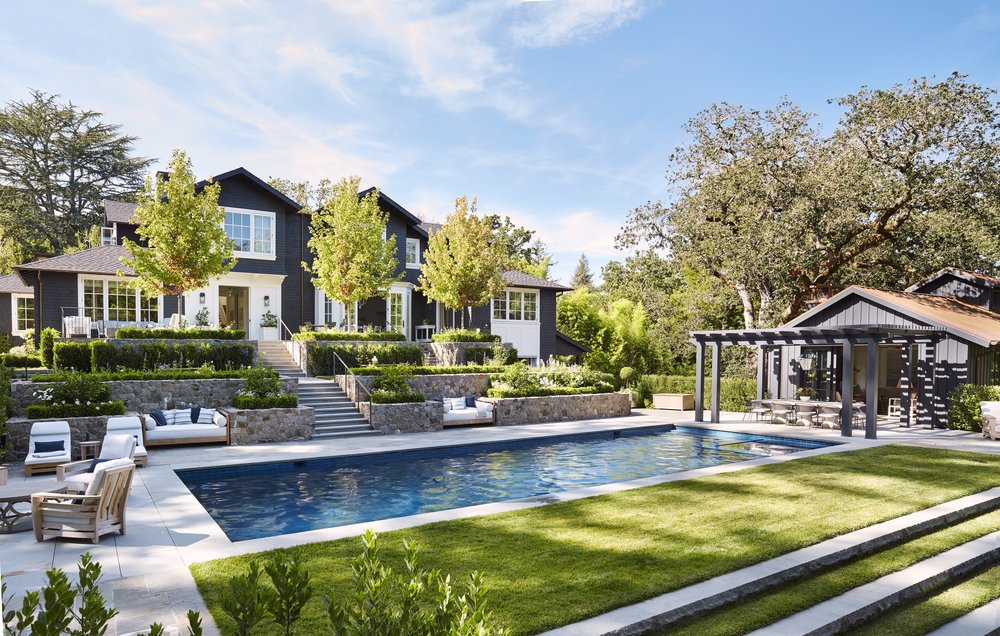
Typically, wet-laid patios require a four inch concrete slab base, which costs more than the sand and gravel used in dry-laid construction.
Before starting, it is important to prepare the area for installation. First, you will need to remove any existing landscaping. Once the soil is ready, it should be leveled and compacted. Then, you will need to lay down a separation fabric, which is available from local stone and paver suppliers. This is essential to keep the dirt from mixing with the cement in the patio. After the separation fabric is in place, you can start adding in your crushed rock as a base prior to installing concrete mixture for the natural stone pavers to adhere to.
A wet-laid patio is more stable and permanent than a dry-laid one, but it can be more expensive up front. The labor involved in installing the concrete also drives up the price. However, it is more cost-effective in the long run because it requires less maintenance and will last longer.
Where to Install Dry Laid or Wet Laid Patios
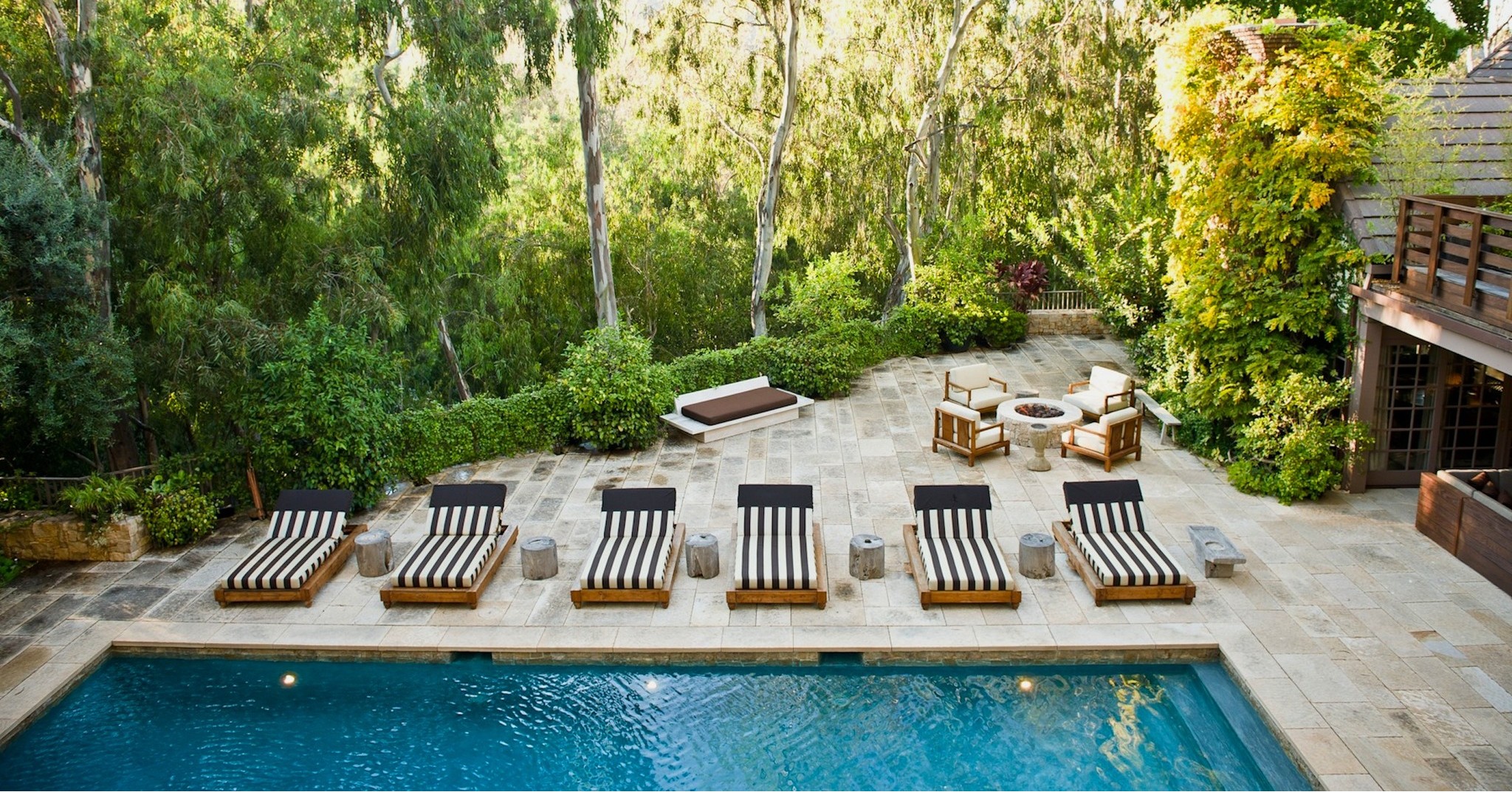
When you plan to build a natural stone patio, there are many decisions to make. You’ll have to pick the type of material, layout, budget, and installation method. One of those choices is whether to install a wet-lay or dry-lay installation.
However, the location of the patio plays a huge role in its functionality. Ideally, the space should be located near to home for easy access for high-use activities such as cooking and dining. If there are plans to include a hot tub or other luxury features, the proximity to a power source is important too. The right patio placement will make these spaces feel like a natural extension of the living area and help to create an open and inviting atmosphere.
Depending on the intended use, the shape and size of the patio should also be taken into consideration. If it’s primarily used for lounging and relaxing, then a larger area will be needed to accommodate large groups of people. A smaller, intimate patio might work better for a small group of friends or family to enjoy coffee or wine after dinner.
The type of view is another thing to consider, and it’s possible that some properties may already have a scenic spot to build their patio from. If a patio is nestled into the corner of the property or overlooks a pond, wooded landscape or field, then it will be an attractive addition that can become a focal point for the overall yard design.
If there are shade trees on the property, it might be beneficial to situate a patio close to them so it can take advantage of their cooling effect. However, it’s important to keep in mind that tree roots grow out and not down, so the patio should be placed far enough away from the trunk to avoid any potential damage.
Patios that are adjacent to the kitchen or off a family room can be great places for enjoying alfresco dining or entertaining since they’ll be convenient for transferring food, drinks and tableware. A patio located off a master bedroom or lounge can offer an escape from the hustle and bustle of the household and can be a quiet sanctuary to relax and unwind.
Depending on where the patio is to be located, the size of the project certainly matters. For larger areas, typically dry laid patios are installed while smaller spaces typically install wet laid pavers.
When is the Best Time to Install a Patio
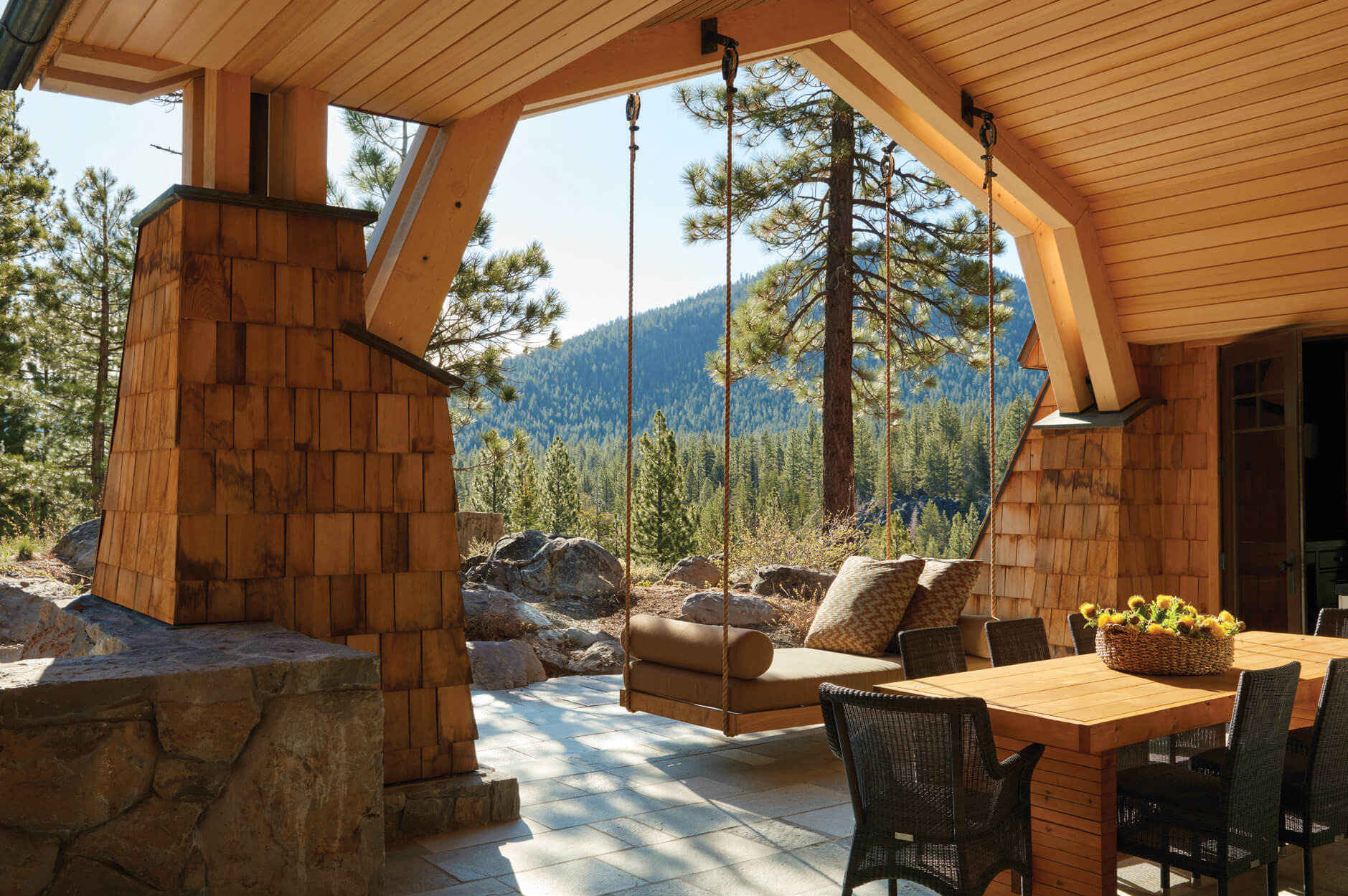
The best time to install a patio depends on your primary use of the space. If you plan to entertain, locate the patio near your kitchen and outdoor grill. You also want to consider sun and shade patterns and the location of surrounding trees, plants or water features.
Whether you choose to build a wet-laid or dry-laid patio is largely a matter of budget and personal preference. Wet-laid stone pavers provide a more traditional look, with rigid mortar joints and a smooth surface that’s easy to maintain. However, this method can be more expensive.
Dry-laid patios, on the other hand, offer a more rustic look and greater design flexibility. They can be constructed with irregular flagstone or even gravel, and the negative space between stones offers ample room for creativity. You can fill these gaps with flowers, grass or other traffic-resistant ground cover for a more natural aesthetic.
Both types of patio require a good, well-draining foundation. Before starting construction, call your local Call-Before-You-Dig hotline to have any potential electrical, gas or sewer lines marked. Then, dig down to a depth that’s consistent across the patio area. Using a bubble level, check that the gravel is relatively flat and slopes away from your house.
The ideal time to install a patio is late spring into summer. During this time, contractors are usually more available, and prices are lower. You should avoid installing a patio during the winter, as the soil could freeze during installation and cause problems in the future.
